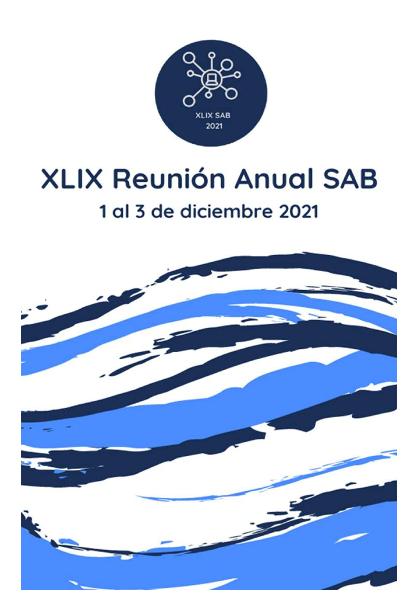Evento
Natural membranes: Lipidomic, membrane fluidity and phospholipid order
Colaboradores:
Delfino, Jose Maria ; Celej, Maria Soledad
; Celej, Maria Soledad ; Mangialavori, Irene Cecilia
; Mangialavori, Irene Cecilia ; Acierno, Juan Pablo
; Acierno, Juan Pablo
 ; Celej, Maria Soledad
; Celej, Maria Soledad ; Mangialavori, Irene Cecilia
; Mangialavori, Irene Cecilia ; Acierno, Juan Pablo
; Acierno, Juan Pablo
Tipo del evento:
Reunión
Nombre del evento:
XLIX Reunión Anual de la SAB
Fecha del evento:
01/12/2021
Institución Organizadora:
Sociedad Argentina de Biofísica;
Título del Libro:
XLIX Reunión Anual SAB
Editorial:
Sociedad Argentina de Biofísica
ISBN:
978-987-27591-9-3
Idioma:
Inglés
Clasificación temática:
Resumen
Biological membranes are complex assembles constituted by a wide variety of lipids and proteins. It is generally accepted that biological membranes have lateral heterogeneity derived from non-homogeneous distribution of their components and are usually assumed as coexisting liquid disordered- liquid-ordered phases. In this study, the lipid composition of Bos taurus (Bt) synaptosomal membranes and Triatoma infestans (Ti) ganglionic membranes was determined by HPLC-MS/MS. Membrane order and fluidity of whole natural membranes (NMs) and extracted lipids membranes (LMs) was evaluated by Laurdan generalized polarization (GP) and anisotropy (A) determinations in steady state florescence spectroscopy experiments. There are no reports neither about the lipid composition of NMTi nor biophysical studies of them. Also, we analyzed a 4-lipid component model membrane (BMs) as a potential biomimetic membrane of the lipid fraction of the natural membranes. LMs were obtained by a modified Blight & Dyer partition, the content of PC, PE, PS, SM, PG, PI, and Sterols was determined. We observed that in LMBt, PC polar group was the most abundant, with 18C fatty acids and 2 unsaturations being the most frequent. On the other hand, LMTi had PE as the main polar group, with 18C fatty acids and 3 unsaturations being the most common. A 14/28% of plasmalogen was detected and 17/11% of sterols respectively. It was observed that in all cases Laurdan GP values and anisotropy diminish with temperature increase and that the values of NMTi are lower than those of NMBt. This result is in accord with a previous report with DPH probe and with the sterol % present in each membrane. Laurdan fluorescence spectra were compared at physiologically relevant temperatures (37°C for Bt and 28°C for Ti) and was observed that both the NMs and LMs presented similar λmax values (434nm for Bt and 436nm for Ti) with a 490nm shoulder in both cases, suggesting phase coexistence. BMBt were capable of simulate the order of NMBt and LMBt since their anisotropy values were similar. However, BMTi showed higher anisotropy values meaning a more ordered membrane. Interestingly, GP and anisotropy values obtained at relevant temperatures were similar for NMs and LMs pointing to a conserved compensation balance between cholesterol and PE content that might be needed for membrane fluidity control in the NMs studied as was proposed in bibliography.
Palabras clave:
NATURAL MEMBRANES
,
LIPIDOMIC
,
TRIATOMA INFESTANS
,
BOS TAURUS
Archivos asociados
Licencia
Identificadores
Colecciones
Eventos(IIBYT)
Eventos de INSTITUTO DE INVESTIGACIONES BIOLOGICAS Y TECNOLOGICAS
Eventos de INSTITUTO DE INVESTIGACIONES BIOLOGICAS Y TECNOLOGICAS
Citación
Natural membranes: Lipidomic, membrane fluidity and phospholipid order; XLIX Reunión Anual de la SAB; Ciudad Autónoma de Buenos Aires; Argentina; 2021; 63-63
Compartir



